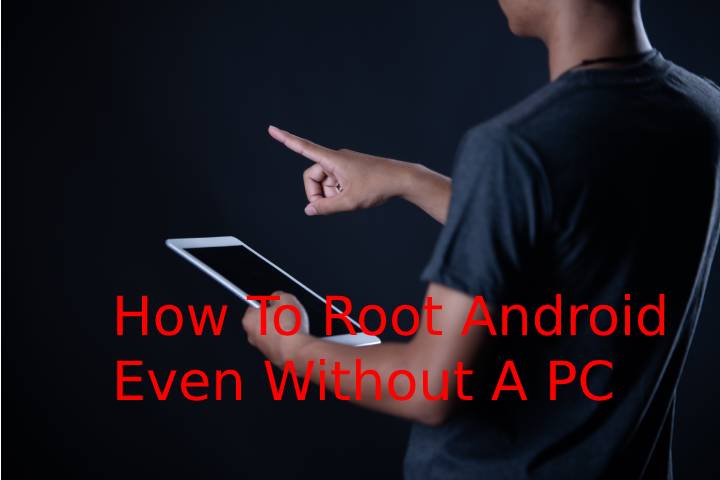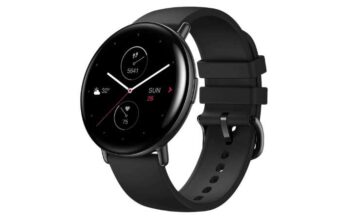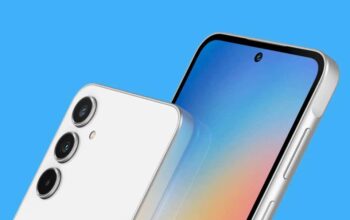Many smartphone enthusiasts want to activate root permissions on Android: this is what it is and the steps to get them even without a PC.
Among smartphone enthusiast users’ most frequently asked questions is undoubtedly this: what is root on Android? Let’s start with a critical consideration: rooting is not an activity for
everyone.
By rooting in Android, it is necessary to have solid computer knowledge; on the contrary, the risk brings considerable damage to your smartphone. To find out more in this Libero Tecnologia
article, let’s take stock of rooting and how to do it even without a PC.
What Is Root On Android
L ‘ rooting activity is a computer process by which a regular user (i.e., the user) can get complete control of the device, usually made by repeating actions in the field by the developers. In this way, it becomes possible to change some parameters, such as performance, modify the operating system and act on the device remotely.
Rooting on Android means acting on the operating system of your Android smartphone and then having the space to make changes in hardware and software. As already stated, this operation is recommended only for expert-level users with recognized knowledge in the IT field. Otherwise, the risk is to compromise the full functionality of the device. Not only that, a root action automatically eliminates any warranty on the phone.
Activating Root On Android: How To Do It
Before going to root on Android, it is good to opt for a preliminary action. In detail, we are talking about a complete backup of the smartphone, precisely because the root involves the complete deletion of the data saved on the phone. This way, you are sure to safeguard all data on the device.
The Steps To Get Android Root Permissions
At this point, a well-defined path begins to obtain the root permissions of Android, which are then necessary to modify the operating system independently.
- The first step is to unlock the bootloaders on Android. The bootloader is explicitly software that allows you to load the operating system to communicate with the hardware. By opening it, you can then start the rooting process. However, it should emphasize that each smartphone has a different bootloader unlocking procedure and needs various tools depending on the type of device. The advice, therefore, is to inquire about the most suitable means to use for your phone.
- The second step concerns the installation of the Android recovery program. Recovery Android is an app that allows you to upload root files and act with unlocked permissions. Also, there are different recoveries, in this case, each of which is more suitable depending on the smartphone.
- The third and last step is to install the root file, customized according to your needs. You can transfer them quite quickly from your PC to your smartphone. The device will be present in ZIP format, and the only way to use them is to restart the phone and return to recovery mode. Once this is done, it will be possible to install the Play Store to use the leading apps.
Root On Android Without PC
Very often, the need to root Android clashes with the need to have a PC at hand. Do not worry; today, it is possible to root without having the support of a Personal Computer. Like?
The developers have created specific tools that can support the need for rooting without a PC. Usually, these are applications to be installed directly on Android. Also, in this case, it is always recommended to have a good basic knowledge of IT processes so as not to run into errors that could compromise the proper functioning of the phone. The main tools include 360 Root, Kingroot, Root Master, iRoot, Towel Root, and FramaRoot.
Root On Android: When To Do It?
Rooting on Android is usually a habit of “geeks” and smartphone enthusiasts who customize their devices. In terms of benefits, a well-set root can usually improve battery life, eliminate annoying advertisements in apps and optimize performance. The contraindication? This is a very complex operation. Without adequate knowledge, the risk is that of having to “throw away” the smartphone.
Also Read: Connections For Streaming TV: 5 Tips








